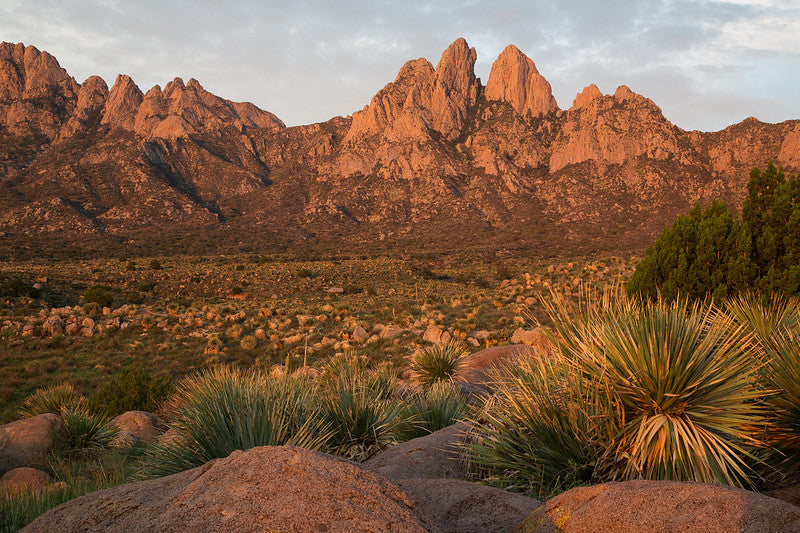
Eviscerated at the Bottom of a Ravine
| 5 min read | 11 CommentsNew Mexico’s Organ Mountains are rough country. The trails are steep and rocky. Tangles of thorny acacia and cholla cactus cover the hillsides. And the sun is fiercely hot. On May 3, 2020, when three unsuspecting hikers began to veer dangerously off-trail, the highs hovered around 90 degrees.
The trio picked their way downhill, trying to descend the steep slope. They hadn’t gone far when one of them slipped in the sandy soil. He hit the deck with a cry, skidded about 10 feet, and began to pick up speed, tumbling down ledges, his body ricocheting off rocks while spiny desert vegetation pierced straight his skin like tissue paper.
He rolled to a stop near the bottom of the arroyo and lay still. His friends scrambled down to help and found he was alive, but the blood...They tore off their shirts, struggling to stem the flow, but it wasn’t enough. If he was going to survive, they would need a rescue—and quick.
---
Shaunna Foster, a volunteer member of the Organ Mountain Technical Rescue Squad, was looking for a man with a broken hip. That’s what she’d been told, at least—there would be a man with a broken hip at the first bench, right on the trail. She and a few other volunteers had hiked about a mile in, but, so far, they’d found nothing.
Just as Foster was starting to get concerned, two figures appeared around the bend, accompanied by emergency medical services (EMS) personnel. The hikers were red with sunburn and, despite the brutal lack of shade, shirtless. They waved frantically.
Foster didn’t have to talk to them for long to figure out where their shirts were: They’d used them to pack the wound. As soon as she heard that, her heart dropped; the situation was definitely a lot worse than a broken hip.
The volunteers raced for the arroyo.

The Organ Mountains are named for their organ pipe-like towers—which makes for steep, rugged hiking. Photo: BLM, via Flickr
After a half-mile of scrambling up waterfalls and wading waist-deep through thorns and cactus, they found their patient. He was lying on a steep, loose face, about 30 feet above the bottom of the ravine. A team of medics and firefighters had reached him first. By then, he’d bled through both the shirts and had no radial pulse. The blood was coming primarily from an evisceration wound and a dislocated femur, which had broken through the skin. EMS was working to stabilize him, but things were bad.
One of the Organ Mountain Technical Rescue volunteers scrambled up to higher ground and radioed back to the incident base, which was being run by another search and rescue group.
“We’re going to need a lot more gear in a hurry,” he said.
---
Down at the base, in the trailhead parking lot, dozens of volunteers raided the trucks and their own personal kits for gear, while volunteers at the site radioed down the needs of the fire and EMS personnel. Meanwhile, in the ravine, Organ Mountain Technical Rescue volunteers worked to set up an anchor rig. They hoped to lower the patient down about 20 feet to a flatter spot, where a helicopter with a hoist would be able to reach him.
More volunteers began to trickle in. They split into teams and established a safe zone to eliminate rockfall hazard, dispatched scouts, and rigged anchors to prepare for a technical lowering extraction in case they had to move down the ravine.
After working for several hours, EMS was able to stabilize the patient. The first step of the lower—to the bottom of the arroyo—could begin. But that was only the first of their problems.
Every time the first responders moved the patient, the torn artery would start gushing again. They were pumping him full of plasma, but what he really needed was blood. The clock was ticking. Plus, they only had about an hour of daylight left.

The patient was located deep in a ravine. Map: David Price
Back at headquarters, New Mexico Search and Rescue had started calling helicopters, looking for anyone with a hoist. But there were no local options available. At first, they pinned their hopes on a Blackhawk from the Santa Fe area, but it was ultimately unable to launch. So they tried again—calling Blackhawks from El Paso, air ambulances from Native Air. But as of yet, none had committed.
On the ground, the teams started to discuss their options. Organ Mountain Technical Rescue wanted to move the patient, despite being told the Blackhawk from Santa Fe was potentially on the way. At this point, they argued, there was still no guarantee of a helicopter, and once it got dark, who knew how long the extraction would take. They had to make that last hour of daylight count.
Just then, a scout scrambled back down the arroyo and reported that the terrain just above the ravine was easier walking. If they could raise the patient 50 feet, there would be flatter ground. The teams agreed: That’s what they would do.

Cactus, yucca, and thorny acacia make off-trail travel slow and dangerous. Photo: Patrick Alexander, via Flickr
They spent the next half-hour hoisting the litter up, foot by foot, stopping every few minutes to stem the bleeding. It was slow, arduous work, and they were losing daylight fast.
Just as night fell, they heard the whirring of chopper blades, and for a few seconds, relief set in. But it didn’t last. They soon realized that it was an air ambulance, not a Blackhawk with a hoist, and the closest it could get to them was a flat spot about two miles away—two miles of rough, off-trail hiking that would take hours to cross. Hours they didn’t have.
By now it was dark, and they still didn’t have the hoist-compatible chopper they had hoped for. The team hauled the litter the last few feet over the edge of the arroyo and started getting ready for the long haul to the waiting air ambulance.

The rescuers worked past nightfall to get the patient to safety. Photo: David Price
Just then, another sound. The teams looked up and saw a second chopper, a bigger one. It was a Blackhawk from Fort Bliss—a last-minute commitment that headquarters had managed to wrangle. It hovered overhead as the team laced the patient into the litter as tightly as they could, prepping him for the ascent.
Within minutes, he was hooked up to the hoist. Within a half hour, he was at the trauma center, where he received about 8 units of blood. Doctors told Foster that if he’d spent one more hour out there, he might have been past saving. But they’d made it just in time. Thanks to the rescuers, he would make a full recovery.
11 Responses
Leave a comment (all fields required)
Comments will be approved before showing up.


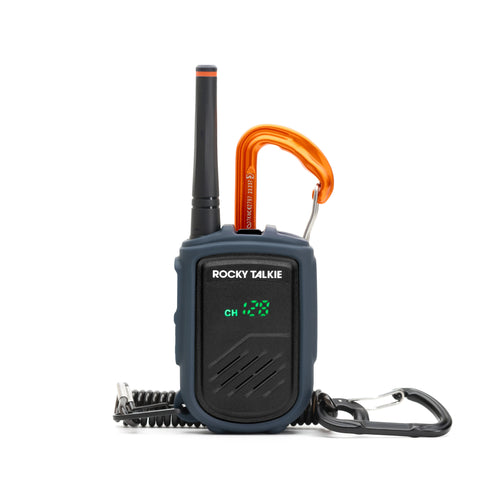

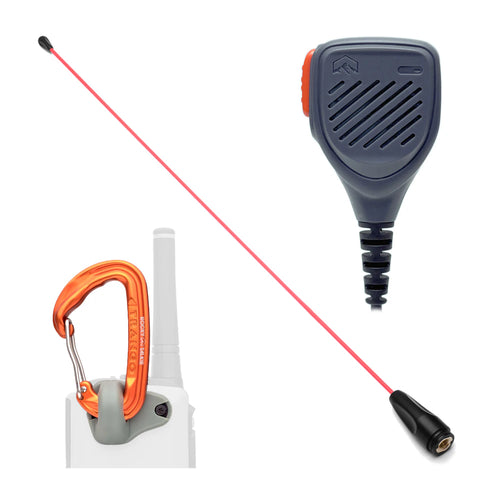

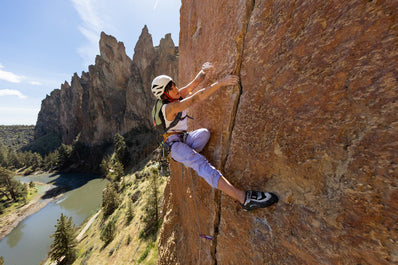
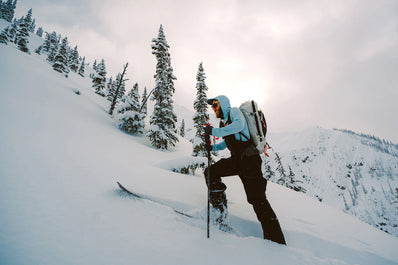

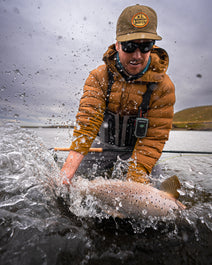
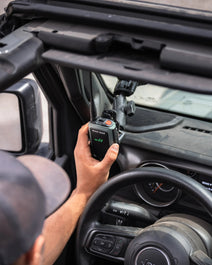
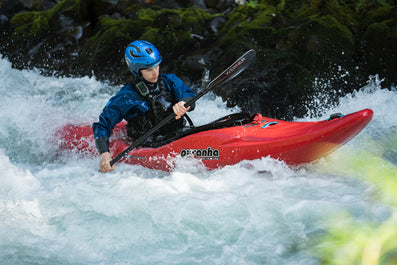
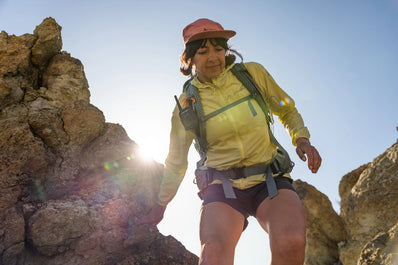
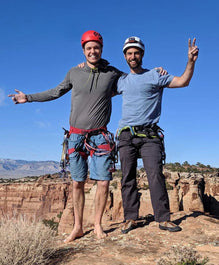
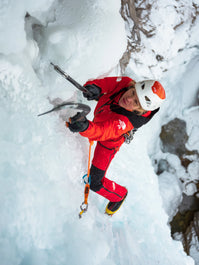
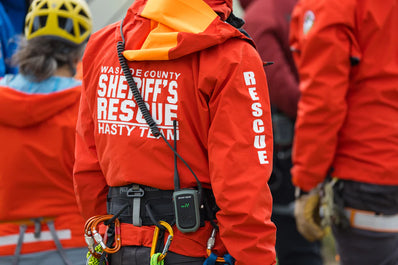
Adam Carrier
|
Mar 01, 21
Delores Hale
|
Mar 01, 21
John K
|
Mar 01, 21
Steven E Rennie
|
Mar 01, 21
Debra Truncellito
|
Mar 01, 21
CPayne
|
Mar 01, 21
Jose
|
Mar 01, 21
Carrie Hamblen
|
Mar 01, 21
Kenneth Coppedge
|
May 06, 21
Kenneth Coppedge
|
Mar 01, 21
Amber
|
Mar 01, 21